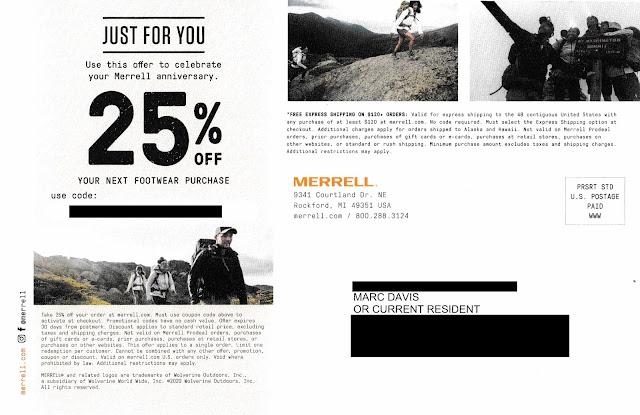I recently received this postcard introducing me to Truvia, a zero-calorie sweetener.
 |
| Postcard front |
Visually, this postcard makes Truvia seem like a compelling alternative to sugar. The picture on the front suggests this is something I could use when baking a cake, making a smoothie, or sweetening coffee. Plus, as a potential customer, the postcard offers me the opportunity to try out one of their products for free.
Free is a great price for a new product. It is a proven way to get a potential new customer to go outside of their comfort zone, to try something new, and to experiment a bit. It's such a common sales practice that drug dealers reputedly offer the first hit of crack cocaine for free. Customers get addicted, and they pay for more drugs. A sugar-alternative zero-calorie sweetener shouldn't be treated like crack cocaine but, hey, the makers of Truvia certainly want me to be hooked.
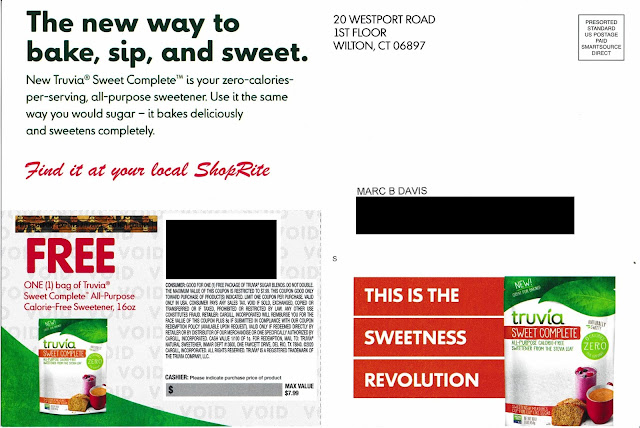 |
| Postcard address side |
The address side of the postcard includes supporting copy: a well-written product explanation, a benefit statement, an explanation of how to use the product, and a coupon for a free 16-ounce bag. I'd say that's sweet (pun intended).
The Call to Action is simply "Find it at your local ShopRite." Therein lies the rub (or, should we go with the pun, the 'topping'). From where I live in Queens, the nearest ShopRite is typically a 25 minute drive in traffic -- under 10 miles as the crow flies, but that crow doesn't have to worry about Big Apple traffic. So, no disrespect to ShopRite, but I won't shop there when there are 3 supermarkets and a Target within walking distance.
So, would I give this call to action a Fail for Targeting? Not really. Presuming this was a national campaign, I can't fault the marketing manager for including someone located several miles from an eligible supermarket. It's pretty complex to design targeting criteria based on travel time to a supermarket chain.
However, I could give the call to action a Fail for Creative. The coupon is valid at any retail location that carries the product. It turns out that, according to the Where to Buy link on the Truvia web site, the advertised product is available at a nearby Foodtown. Rather than mentioning only ShopRite, the postcard should have mentioned their "Where to Buy" website, e.g.
or visit www.truvia.com/where-to-buy for other nearby locations
Lesson:
Make coupon redemption easy for your customer by offering relevant redemption options.
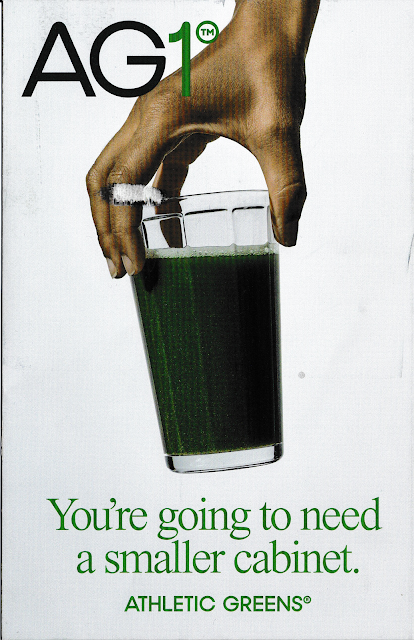
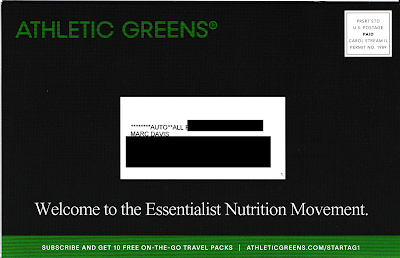


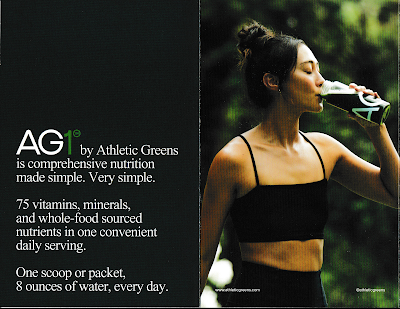









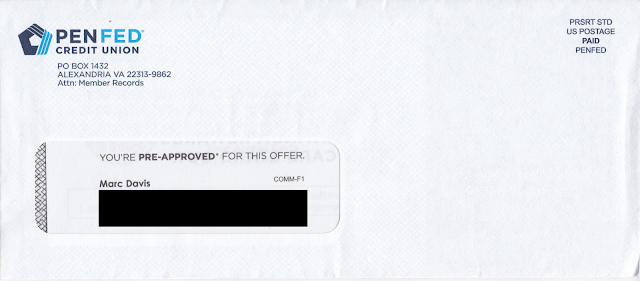

.png)
















